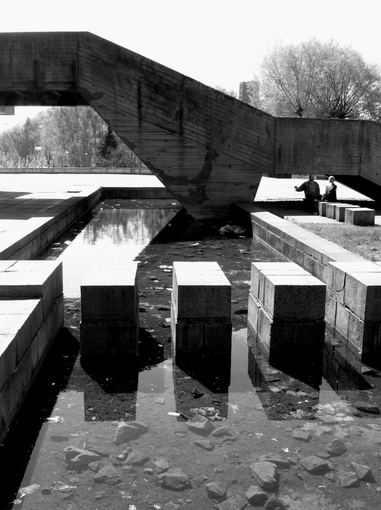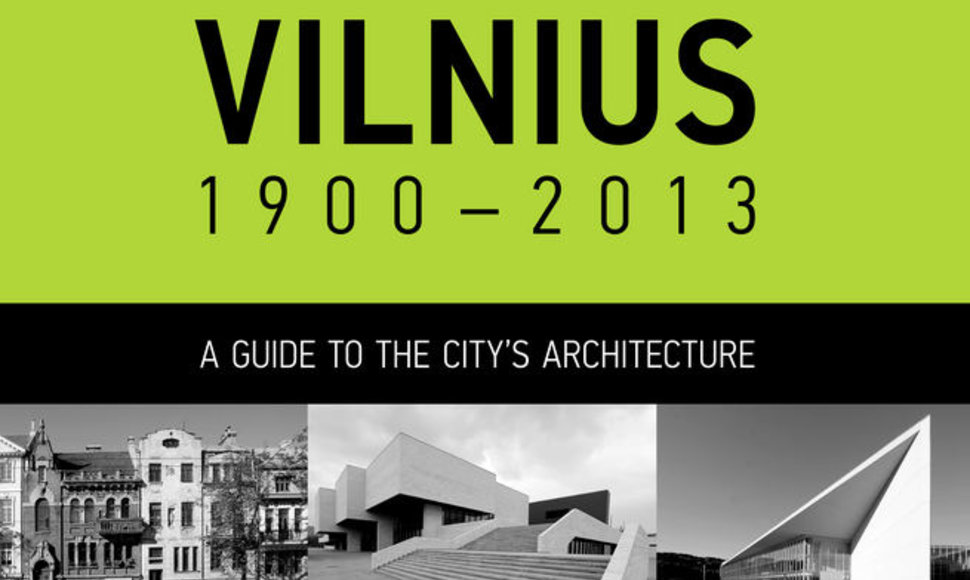Editors of the book, led by Rūta Leitanaitė, selected 238 buildings that are "visual or social signs marking changes in the economy, history, or mentality of Vilnius." The signs, according to Leitanaitė, are not necessarily great architecture, but they are fascinating entry points for exploring the city.
Vilnius’ architecture of the 20th and early 21st centuries ranges from the Modern Style to High-Tech, and reflects all the architectural trends and political shifts that swept across the city during this period.
At the dawn of the 20th century, the elegant Central European Sezession style was still in vogue. Architecture later progressed to the stripped-down interwar Modernism of the 1920s and 1930s, and after the Second World War it ventured into the controversial Soviet-imposed Neoclassicism. After ‘totalitarian’ architecture was officially condemned in the mid-1950s, postwar Modernism flourished, particularly in the new residential districts that were built to house the city’s growing population. At the end of the Soviet period, Late Modernism saw a large number of public buildings appear around the city centre.
With the reestablishment of independence in 1990, and with the consequent changes that took place in the economy and in society, Vilnius experienced yet another wave of urbanisation. Private houses were built again, filling the city to the limits, and a spectacular steel and glass city centre took shape on the right bank of the River Neris.
"Vilnius 1900-2013. A Guide to the City's Archtecture" is accessible online.
 |
| Audriaus Ambraso nuotr./Vilniaus architekturos gidas |












